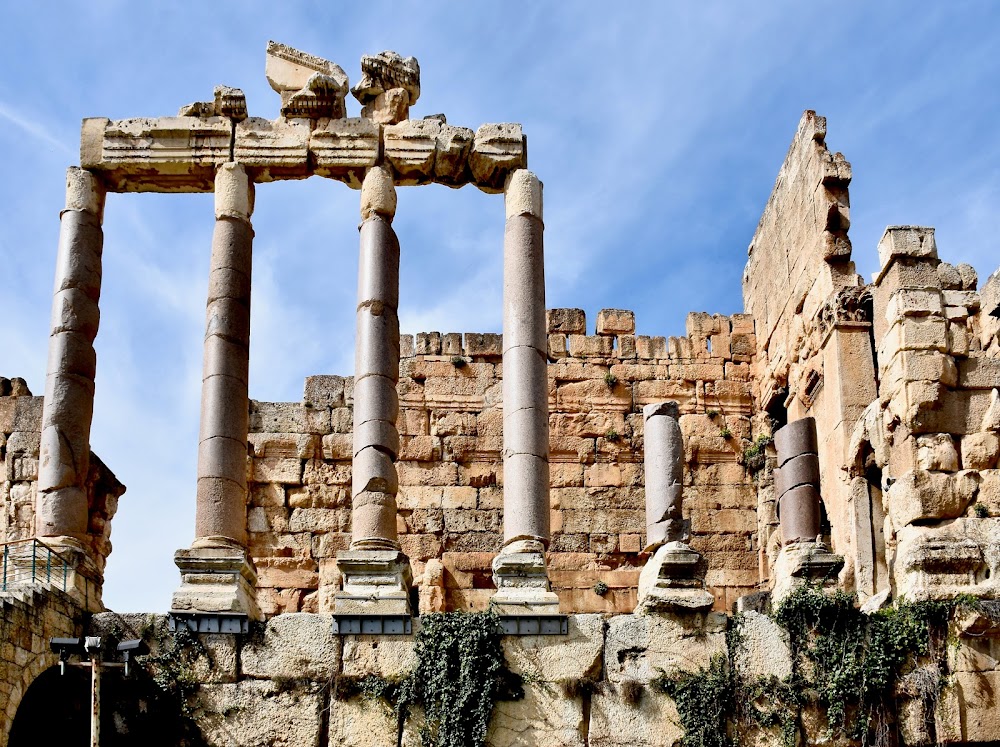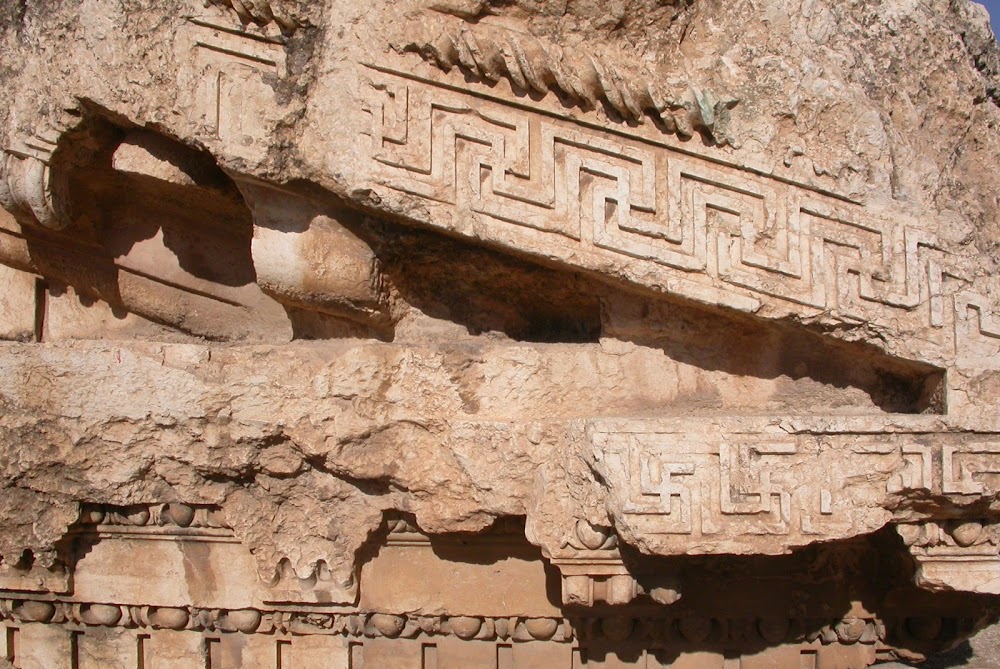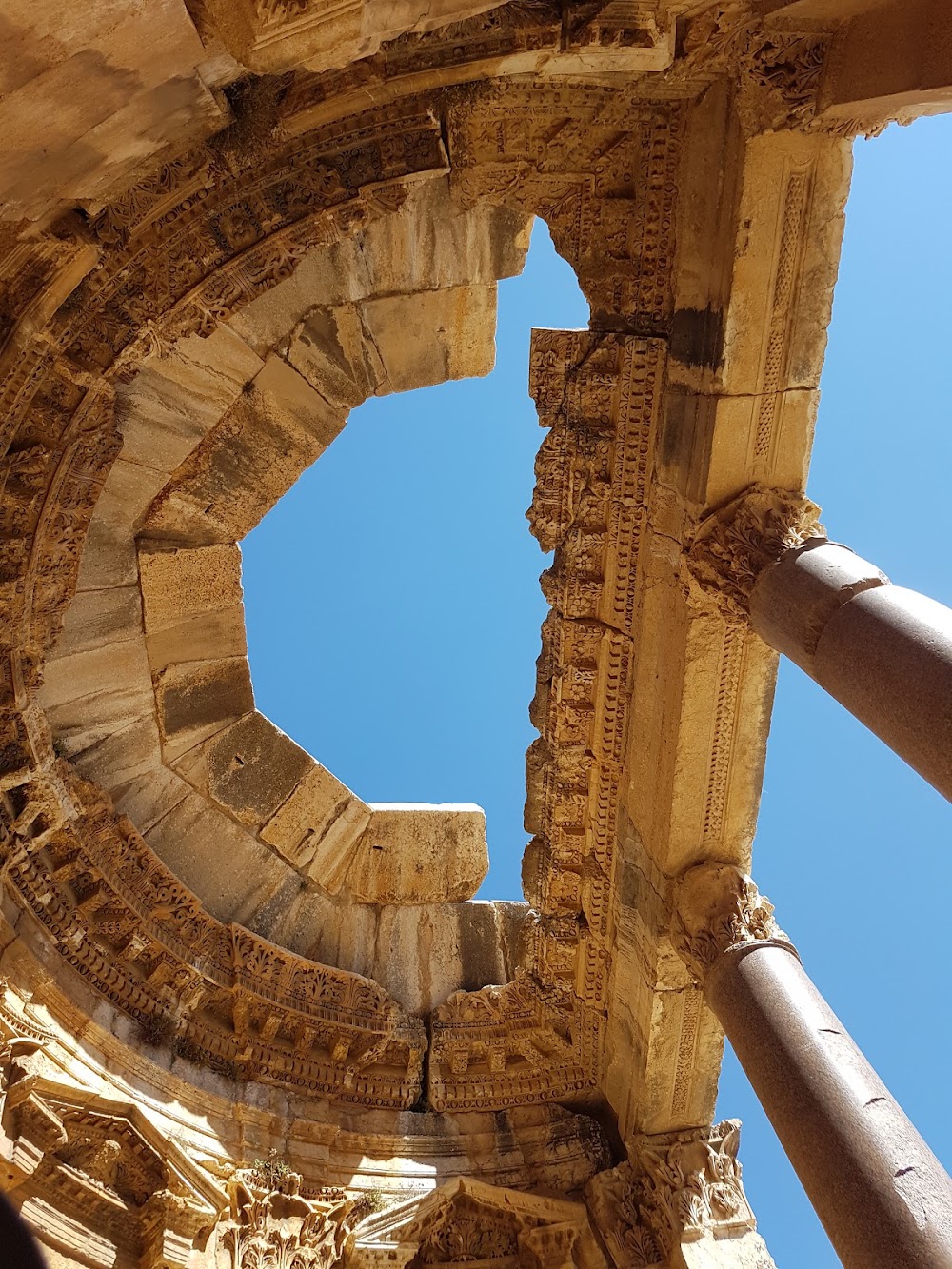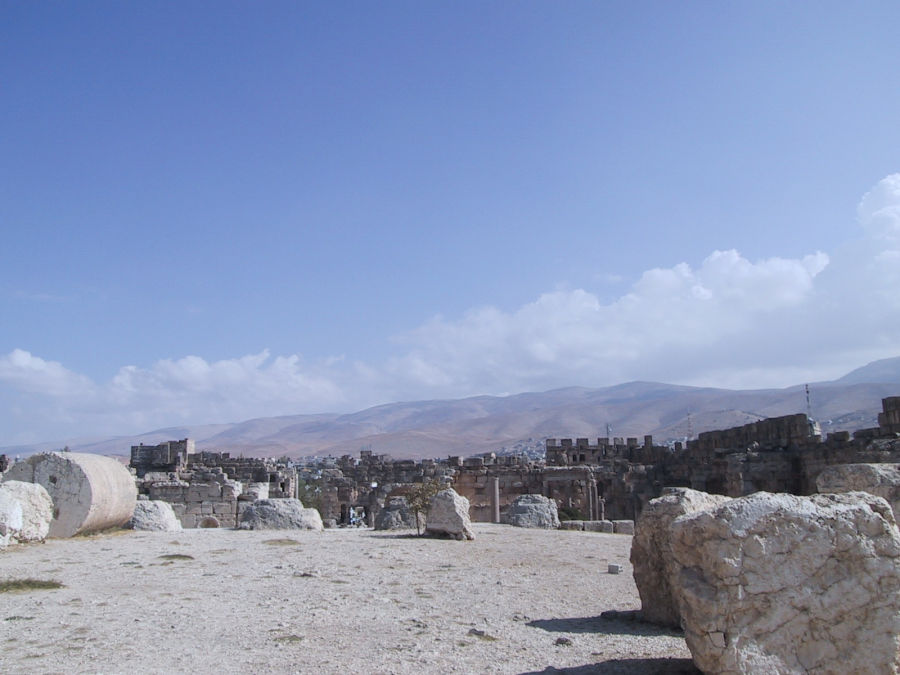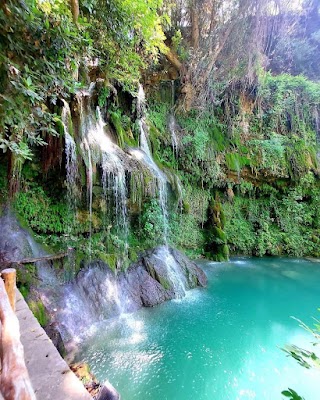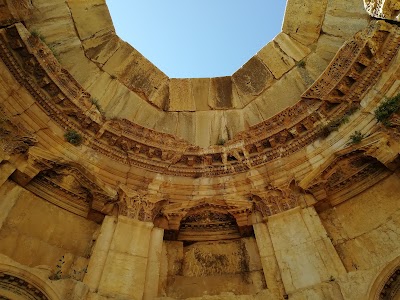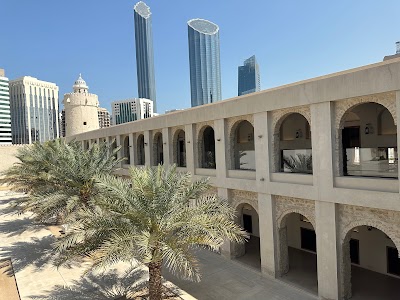Propylaea of Baalbek (بروبيليا بعلبك)
Related Places
Overview
The Propylaea of Baalbek is an awe-inspiring ancient gateway situated in Baalbek-Hermel, Lebanon. This monumental structure serves as the grand entrance to a religious complex dedicated to the god Jupiter, embodying the architectural splendor of the Roman Empire during its peak. Constructed in the 1st century AD, the Propylaea stands as a testament to the ingenuity and artistry of Roman builders, designed to impress visitors and prepare them for the sacred magnificence that lies beyond.
Construction of the Propylaea commenced under the rule of Emperor Nero, with ongoing modifications and embellishments occurring over subsequent decades. The gateway is a prime example of classical Roman architecture, showcasing massive stone blocks, intricate carvings, and robust columns that create a sense of grandeur. The meticulous planning and dedication of skilled craftsmen were crucial in bringing this monumental structure to life. Large limestone blocks were sourced from nearby quarries and transported to the site, where they were expertly cut and fitted together without mortar, relying solely on their weight and precision craftsmanship to remain in place.
The Propylaea features a two-tiered structure, complete with a broad staircase leading up to a majestic portico. The lower level is graced by six towering Corinthian columns, each adorned with elaborate decorations of acanthus leaves and scrollwork. These impressive columns support a horizontal entablature and a triangular pediment, which displays intricate relief sculptures depicting mythical scenes and divine figures, enhancing the visual impact of this grand entrance.
Ascending to the upper level, visitors would find small chapels or alcoves designated for offerings to various deities, providing a sacred space before entering the temple complex. This area, too, was enriched with columns and statues, adding to the architectural and artistic value of the Propylaea. The careful attention to detail and artistry in this space reflects the reverence with which the ancients approached their spirituality.
Beyond its functional role as an entrance, the Propylaea stands as a symbol of the engineering prowess and artistic skills of Roman builders. It exemplifies their ability to merge functionality with grandeur, creating spaces that are both practical and breathtaking. Over the years, the Propylaea has endured damage from natural disasters, such as earthquakes, as well as human activities like looting and repurposing of its stones. Yet, significant portions of this magnificent structure have survived, and ongoing conservation efforts continue to preserve this vital piece of ancient heritage.
Today, the Propylaea remains a significant attraction for archaeologists, historians, and tourists alike. Visitors flock to Baalbek to admire the remnants of a civilization that once dominated the known world, experiencing firsthand the grandeur and history encapsulated within this monumental gateway.


